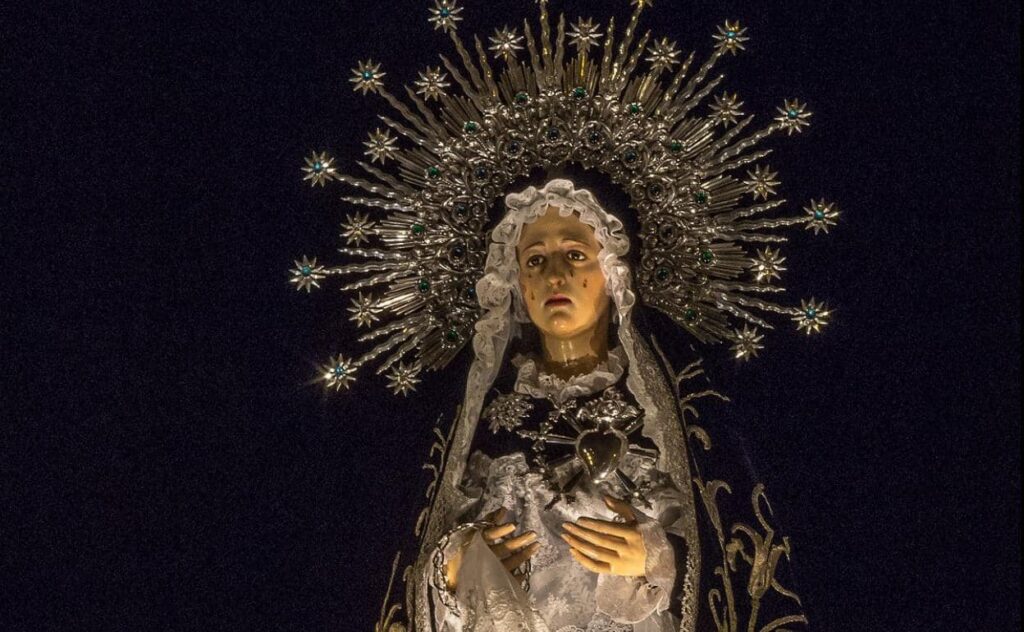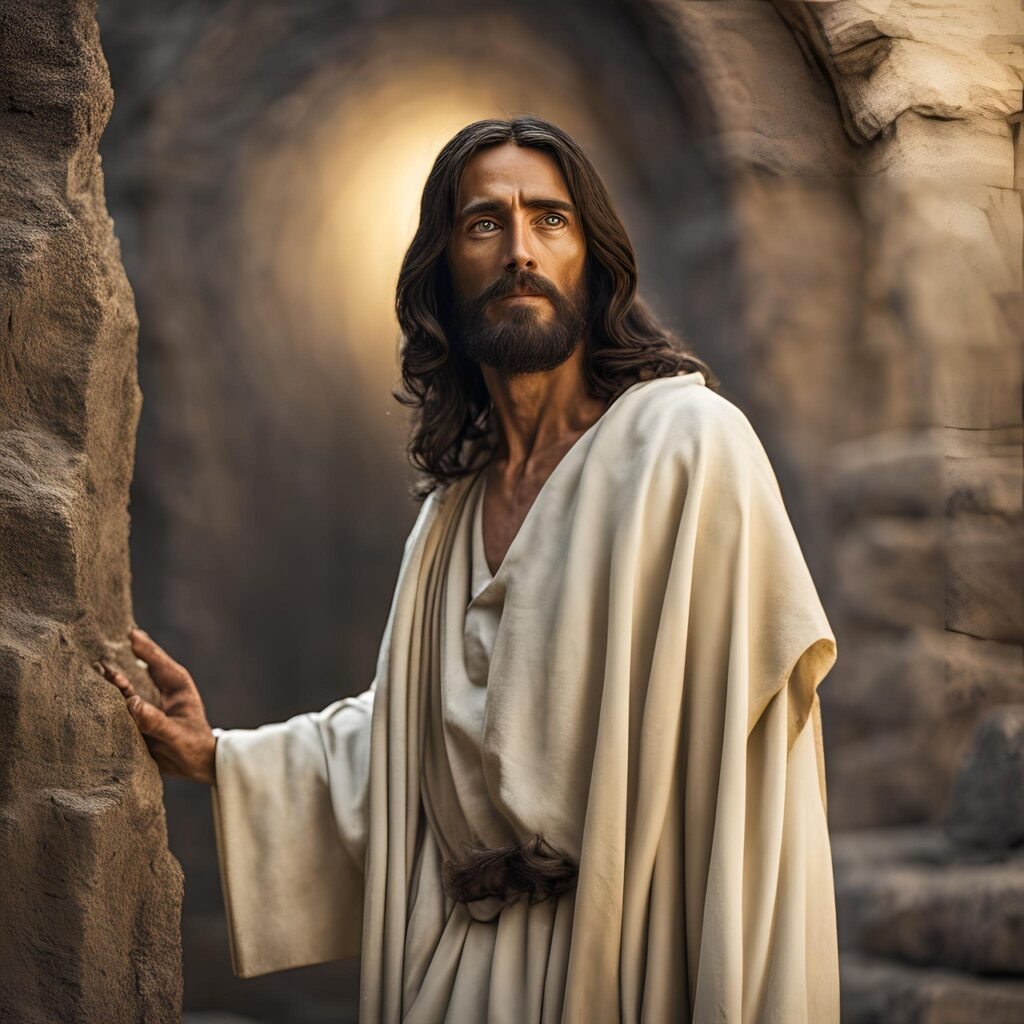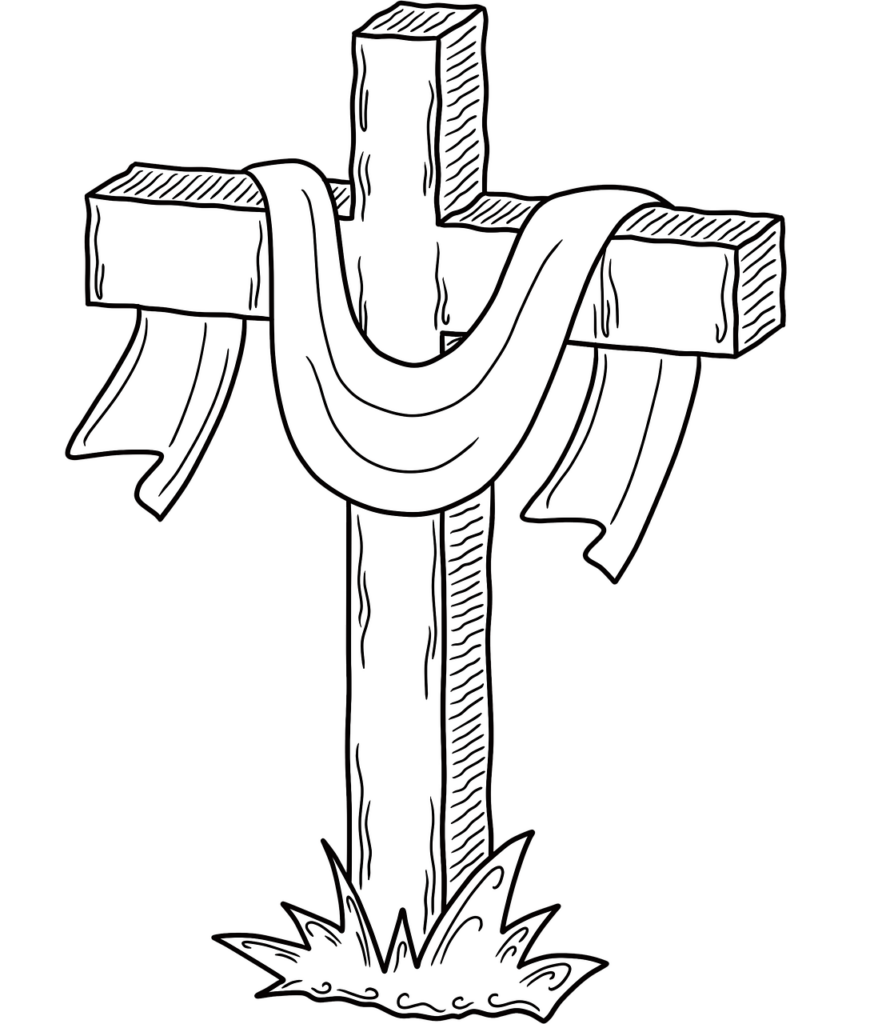Friday of Sorrows
Origin, what it means and why it is the Friday before Easter

Friday, March 22, is one of the most anticipated dates for all those faithful to the Catholic religion. Especially in Spain. On this date, the Friday of Sorrows is commemorated, a day full of symbolism. In this period, the objective is to console the Virgin Mary, who, during Holy Week, loses her son, Jesus Christ, who crosses Calvary to die on the cross. This event culminates with the resurrection of the Lord.
This tradition, which has deep roots and is the best known, has several details to take into account, such as its origin or its meaning. Madrid or Seville are some of the towns in our country where processions will be held to commemorate this day, which is full of symbols.
Friday of Sorrows, a deep-rooted tradition
This day is one of the most anticipated moments of Holy Week. Framed on the fifth day of Lent, it commemorates the suffering that the Virgin Mary, mother of Jesus Christ, had to go through during the aforementioned period, which culminated in the crucifixion and subsequent resurrection of the Lord. It is usually the Friday before Palm Sunday, another of the most anticipated events by the faithful.
According to the texts of the Bible, the pains that the Virgin felt were seven:
- First pain: a prophecy of Simeon at the presentation of the Baby Jesus.
- Second pain: The flight to Egypt with the Child Jesus, escaping Herod’s murder order.
- Third pain: At 12 years old, the loss of Jesus in the Temple of Jerusalem for three days.
- Fourth pain: The meeting of mother and son on his way to Calvary.
- Fifth pain: The crucifixion and subsequent agony of Jesus Christ.
- Sixth pain: The reception of the lifeless body of Jesus by the Virgin Mary, after being taken down from the cross.
- Seventh pain: The burial of Jesus Christ and the loneliness that the Virgin Mary felt after the event.
The liturgical reform of the Second Vatican Council, a detail to take into account
Previously, Friday of Sorrows also commemorated the holiday related to Our Lady of Sorrows, which gave its name to this day. However, one fundamental detail must be taken into account, and that is the liturgical reform of the Second Vatican Council. In this event, the decision was made to eliminate the parties that were considered ‘duplicate’.
This commemoration was considered as such, and the reminder of the Sorrows of Our Lady, as indicated by El Norte de Castilla, was eliminated. In its place, it was replaced by the feast of Our Lady of Sorrows, which occurs each year on September 15. Despite this, in the third edition of the Roman Missal, dating from the year 2000, Saint John Paul II made the decision to introduce a remembrance to the Sorrows of the Blessed Virgin.
Iconography, a fundamental detail
On the other hand, it must be taken into account that iconography is a very important point to take into account about this event, which usually begins Holy Week. On many occasions, the Virgin is usually represented in black, as indicated by COPE. Likewise, she can be seen with a dagger piercing her chest, while tears can be seen flowing from her eyes. Likewise, her hands, which keep their fingers intertwined, form a pious scene.
The figure shows at all times an attitude of supplication, with a lot of desperation, and, especially, a lot of pain, since she is going through the loss of her son, with enormous suffering, to see the pain of his offspring, both at Calvary and on the cross.
Related

Reflection by Bishop Enrique Díaz: The Lord’s mercy is eternal. Alleluia
Enrique Díaz
27 April, 2025
5 min

After Eight Days Jesus Arrived: Commentary by Fr. Jorge Miró
Jorge Miró
26 April, 2025
3 min

The Perspectivas del Trabajo Foundation is founded with the aim of promoting virtues for professional development
Exaudi Staff
25 April, 2025
2 min

Reflection by Bishop Enrique Díaz: Alleluia, alleluia
Enrique Díaz
20 April, 2025
5 min
 (EN)
(EN)
 (ES)
(ES)
 (IT)
(IT)

